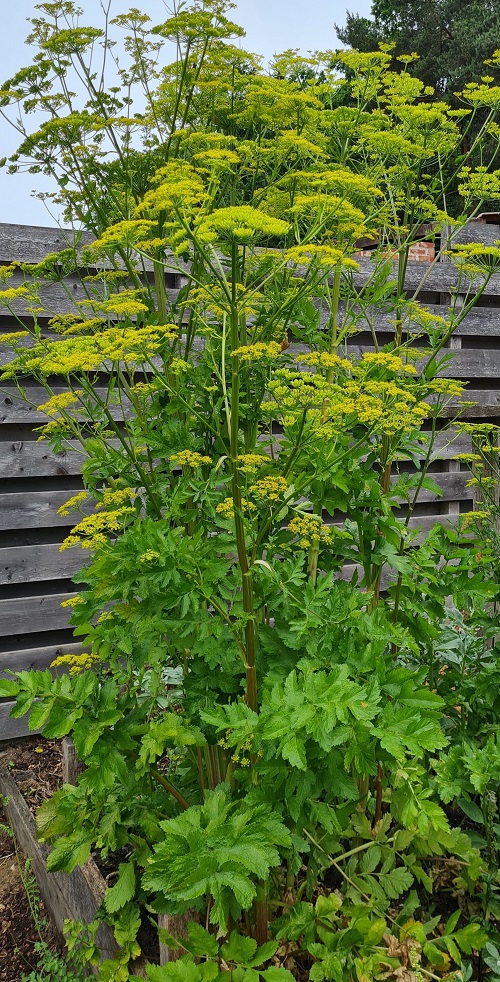Learn about the nine best Frost-Tolerant Vegetables to Grow in October for a plentiful harvest and the best taste in late fall and winter.
As we enter fall, let’s discover frost-tolerant vegetables to grow in October to expand your edible growing season! These veggies tolerate and perhaps even enjoy the cold, taste better, and give you abundant harvest when all other plants retire near the arrival of winter.
Frost-Tolerant Vegetables to Grow in October
1. Kale
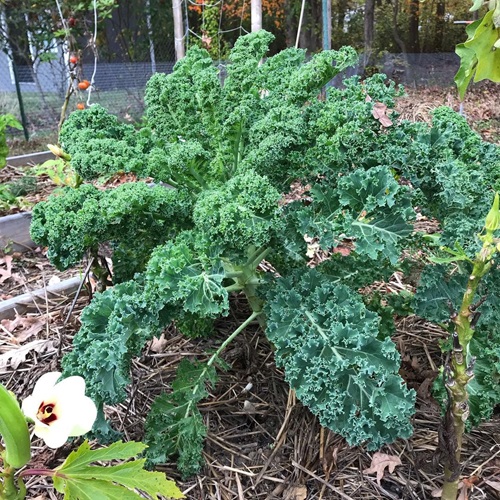
Botanical Name: Brassica oleracea var. sabellica
Kale grows well in cool weather, making fall temperatures of 25-75 F (-4-24 C) ideal for planting and growing. Also, kale becomes sweeter after a light frost and can grow even into early winter.
Plant kale 4-5 weeks before the last frost in well-drained soil, and ensure it receives full sun for optimal growth. When grown from seeds, kale can be harvested in 50-55 days. Here’s how to grow kale in pots.
2. Leeks

Botanical Name: Allium porrum
Growing leeks is much like growing onions, but leeks don’t depend on a lot of daylight to grow. They can handle frigid temperatures even down to single digits.
Start them indoors or in a greenhouse, then transplant them outside once the summer heat has passed. Most leek varieties can handle temperatures as low as 20 F (-6 C).
Sow seeds 4-6 inches apart, directly into the soil or peat pots that expand when watered. Plant them just under the surface, lightly covering them with soil.
3. Brussels Sprouts
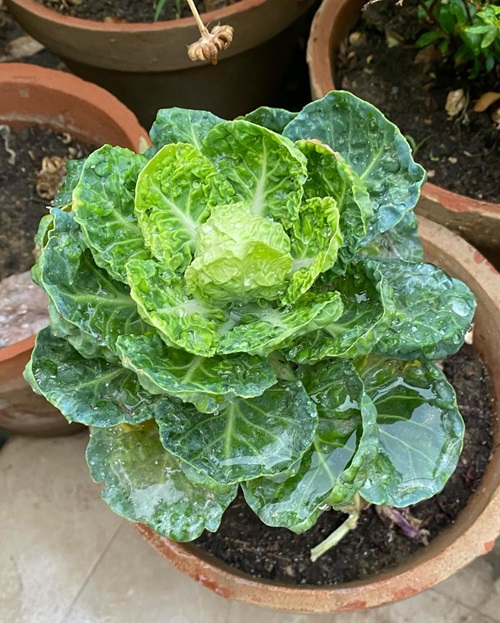
Botanical Name: Brassica oleracea var. gemmifera
Brussels sprouts are a great option for cold climates and do well in regions with chilling winters. This vegetable requires a good burst of cold to help germination. Sprouts become sweeter with frost, so leave them on the ground for some mild frost before you harvest.
It can withstand temperatures down to 20 F(-6 C). Brussel sprouts grow best in rich, fertile, moist, well-draining soil with a pH of 6.5.
4. Spinach

Botanical Name: Spinacia oleracea
Spinach is an ideal option for cool-season gardening and perfect for October planting. The ideal germination temperature is 50-71 F (10-22 C). You can harvest spinach 4-5 times from one plant, allowing you to enjoy a steady supply of this healthy, nutrient-rich food until near winter.
When planting in pots, choose a wide one that is eight inches deep. Learn more about growing spinach in containers here.
5. Collards
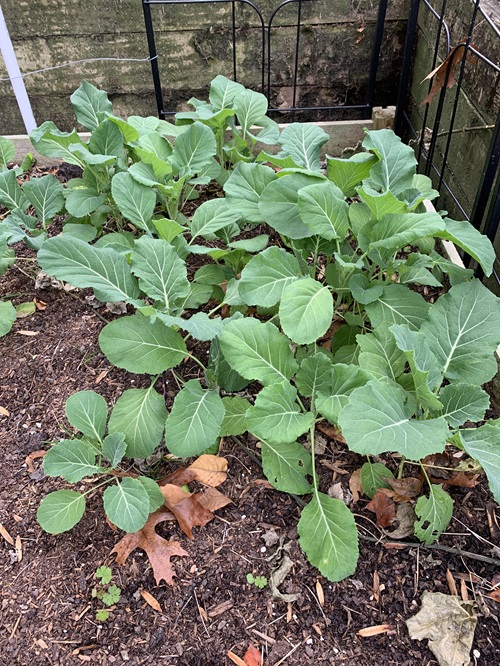
Botanical Name: Brassica oleracea var. viridis
Grow just a few collard plants to enjoy fresh greens all winter. Pick a few leaves from each plant and leave some at the top to keep growing. Cold tolerance depends on the type, but some varieties can survive in temperatures as low as 15 F (-9 C).
Collards grow well in containers as well. Since they grow bigger over time, pick a large one. You can plant one collard green in a 10 to 12 inches pot or two in an 18 inches wide pot or barrel.
6. Cabbage
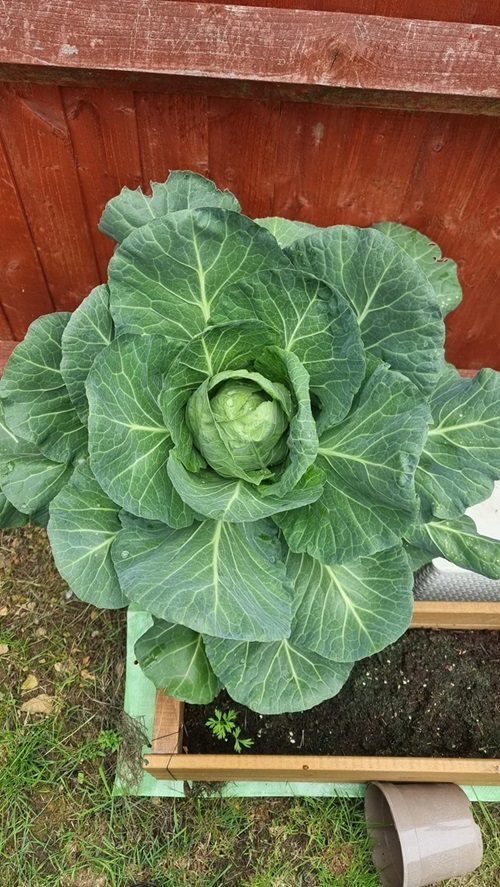
Botanical Name: Brassica oleracea var. capitata
Cabbage is hardy, but it grows slowly in cold weather. Start planting in early fall and plant more every two weeks to enjoy a fresh harvest through most of the winter. This compact vegetable should be covered in extreme winter temperatures.
However, a light frost does wonders for its flavor, making it sweeter and deeper! Cabbage can withstand temperatures as low as 20 F (-6 C) for short durations. Check out these tips on how to grow cabbage.
7. Parsnip
Botanical Name: Pastinaca sativa
Parsnip is a winter vegetable whose flavor doesn’t fully develop until the roots have been in near-freezing temperatures for up to a month during fall and early winter. The starch in the parsnip turns into sugar, giving it a strong, sweet, and unique taste.
Tolerating temperatures of 40-75 F (4-23 C), plant the seeds in late summer or early fall when it gets cooler. Add mulch if you live in a snowy area to insulate the ground and retain moisture.
8. Carrots
Botanical Name: Daucus carota subsp. sativus
Carrots left in the ground over the winter taste much sweeter than those grown in spring. The green tops of carrots can usually handle the chill, mainly if you cover them with mulch. However, ensure it doesn’t dip below 20 F (-6 C).
If you live in the colder weather of the north, add a thick layer of mulch around the carrots to protect the tops and roots from the cold as they start growing. Here’s how to grow carrots in pots.
9. Rutabaga
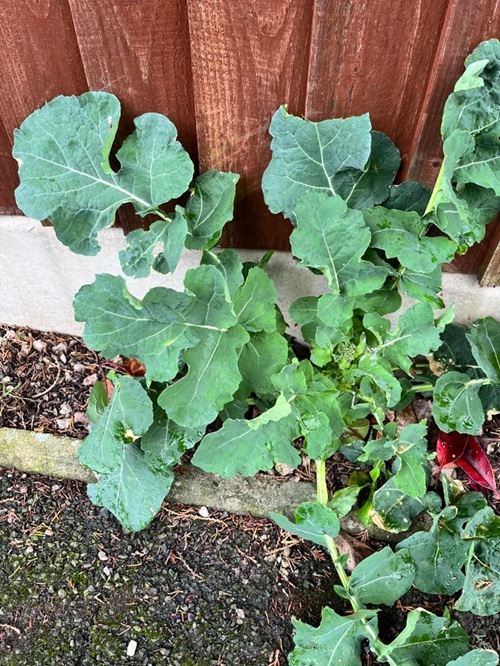
Botanical Name: Brassica napus Napobrassica Group
Also known as ‘swedes,’ rutabagas are frost-tolerant veggies perfect for planting in October. Don’t harvest all the leaves; instead, pick a few greens from each plant so they continue to grow. The taste becomes sweeter when they are exposed to a light frost.
This cool-weather biennial can withstand temperatures of 59-68 F (15-20 C). To protect the crop from heavy frost, apply a thick layer of straw around the base.


